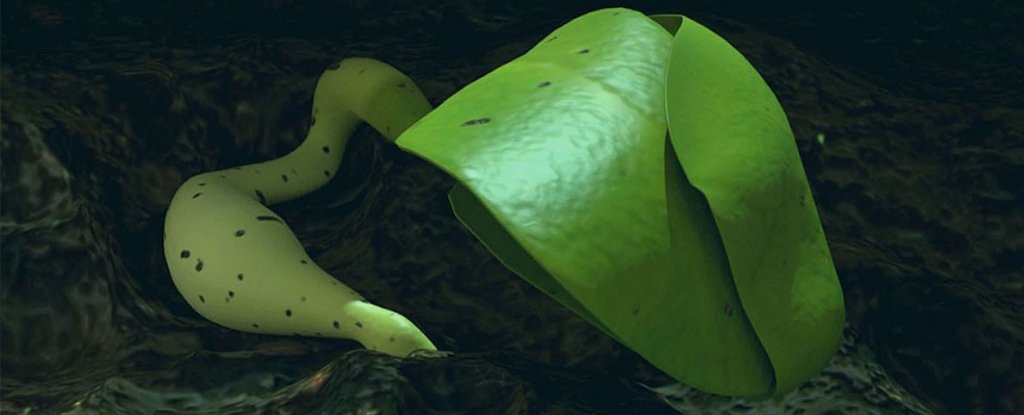China’s Chang’e-4 spacecraft landed on the far side of the moon in January, bringing with it a mini-biosphere that would help it grow plants on the moon. Today, we know those plants sprouted.
When the Chang’e-4 landed on the far side of the lunar surface it made history as the first spacecraft to visit that part of the moon. It took with it a 2.6kg greenhouse dubbed the Lunar Micro Ecosystem.
Sealed and cylindrical, the LME carried with it six types of lifeform: cotton, potato, and rape seeds. Yeast, fruit fly eggs and Arabidopsis thaliana, a common weed. It marks the first time a nation has carried out biological experiments on the moon.
So what of the space crops? Turns out only cotton grows in space.
The cotton seeds proved hardy enough to grow in the biosphere, with data suggesting that it sprouted two leaves. None of the other organisms seemed to react to the experiment.
Unfortunately, the cotton buds did not meet a happy end. The LME was unheated, and so after the first lunar day (approximately 14 earth days) temperatures plunged to minus 190-celcius, instantly killing the organisms within.
This won’t be China’s last foray to the moon: it is eying another moon mission next year with a larger spacecraft. If the mission allows it, they may send more complex lifeforms (but they haven’t said what those will be).

Now, a brief history of turtles in space
There was original talk of China sending a small tortoise up to the moon. Fortunately, mission constraints prevented it for making the one-way trip. Not only would the tortoise also have died when the temperatures plunged, but oxygen would have run out after 20 days.
That said, it wouldn’t be the first tortoise in space: that honor goes to the Soviet Union who sent up two turtles. Part of the experiment involved starving them, but they survived when they got back to Earth (and we imagine they were very hungry).



